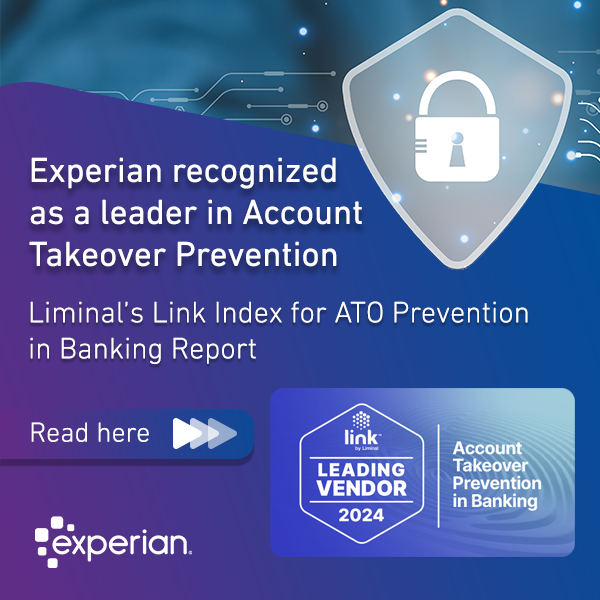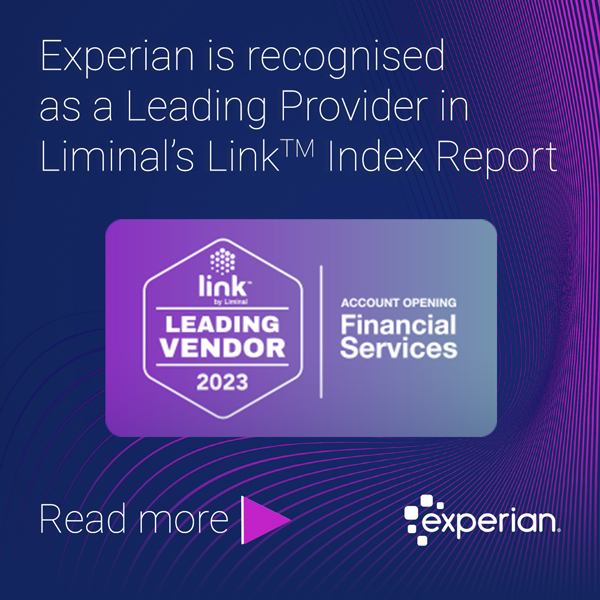How predictive modelling and optimization can maximize recovered amounts with a focus on Next Best Action assignment.

In 2023, the US economy outperformed expectations, with strong job growth, impressive GDP (annual growth rate was 2.5%, up from 1.9% in 2022), and lower inflation. Increased consumer spending and reduced trade deficit highlighted its resilience and adaptability, fostering a stable economic environment.
However, the story around consumer debt and delinquencies has not been so positive. In the latest quarterly report on household debt and credit released in February 2024 by the Federal Reserve Bank of New York, total household debt saw a notable increase of $212 billion (1.2%) in the fourth quarter of 2023, reaching $17.5 trillion. Within this surge, credit card balances increased by $50 billion, alongside mortgage balances which rose by $112 billion to hit $12.12 trillion. Auto loans, which have been trending upwards since 2011, saw an additional $12 billion increase, totalling $1.61 trillion. Other balances, encompassing retail cards and various consumer loans, witnessed a growth of $25 billion.
Despite the economic recovery post-Covid, the level of debt in credit cards and auto loans, transitioning into delinquency remains higher than pre-pandemic levels. In Q4 2023, aggregated delinquency rates reached 3.1%, signifying a persistent financial strain for many lower income households. Transition rates into delinquency increased across all debt categories except for student loans. Approximately 8.5% of credit card balances and 7.1% of auto loans transitioned into delinquency on an annualised basis. Serious credit card delinquencies (90 days +) surged across all age groups, especially among younger borrowers, surpassing pre-pandemic levels.
With such elevated debt and early-stage delinquency rates, lenders face many challenges. We look at how predictive modelling and optimization can maximize recovered amounts with a focus on Next Best Action assignment.
Collections managers and teams within financial institutions face a range of challenges in maintaining portfolio growth while effectively managing increases in early-stage delinquencies. The top five challenges include:
1. High operating costs
Contacting delinquent customers, negotiating payments, and managing recovery efforts entail labor-intensive and costly processes. This encompasses expenses related to staffing call centres, sending mailers, and deploying collections management software.
2. Regulatory compliance
Navigating federal, state, and local regulations governing debt collection practices presents a complex challenge. Compliance with laws such as the Fair Debt Collection Practices Act (FDCPA) and the Telephone Consumer Protection Act (TCPA) is imperative, dictating the permissible methods and timing of borrower contact.
3. Customer retention and satisfaction
Balancing effective debt recovery with maintaining positive customer relationships is essential. Employing aggressive collection tactics risks damaging customer relationships and tarnishing brand reputation, potentially impacting long-term customer retention.
4. Technological integration
Incorporating modern technologies like machine learning, and automation into the collections process can enhance efficiency but poses implementation challenges. These technologies require substantial investment and expertise to streamline operations effectively.
5. Data management and predictive analytics
Efficiently managing and analyzing vast amounts of data to identify at-risk accounts early and customise collection strategies is a significant endeavour. Accurate data analysis is pivotal for predicting delinquencies likely to self-cure and determining appropriate contact channels, such as; SMS, Email, Phone, Outbound IVR or social media.
Applying a customer-centric, strategic approach
These challenges underscore the critical need for credit lenders to adopt strategic, compliant, and customer-centric approaches to early-stage delinquency management.
Currently, financial institutions use a multitude of strategies to maximize revenue collection. These range from data-driven customer segmentation to profile customers, Regulatory Technology (RegTech) for compliance, proactively identifying vulnerable customers needing financial relief, offering flexible repayment solutions and predictive modelling.
Some credit lenders are also using machine learning models, such as Next Best Action (NBA) to personalize collection strategies based on customer behaviour, financial status, and communication preferences. This approach predicts recovery rates by tailoring channel contact to each individual customer in the most effective way. However, NBA models alone are not enough. To maximise collections, within known business constraints (call centre resources, budget, regulations), NBA needs to be augmented with non-linear optimization techniques to ensure not only the right communication preferences are adhered to, but also the business constraints mentioned above. Without the optimisation component businesses are left with NBA modelling that is unadjusted for business constraints.
Next Best Action (NBA) Optimization
NBA optimization presents a game-changing opportunity for lenders, particularly given the current economic challenges consumers are facing. Here’s how NBA optimization can drive value:
Personalized communication
NBA optimization uses sophisticated customer modelling to pinpoint the most effective communication channels for each borrower, be it email, text, phone, or another preferred method. By personalizing communications, lenders significantly increase the chance of response and engagement from customers, which will also streamline the collections process with greater efficiency and reduced intrusion.
Dynamic strategy adjustment
NBA solutions continuously learn from outcomes, enabling strategy adjustments. This dynamic capability empowers lenders to swiftly adapt to changing economic conditions, borrower behaviours, and regulatory landscapes, ensuring the maintenance of effective collections practices.
Optimized timing
Leveraging predictive modelling, NBA optimization empowers lenders to identify the best times to contact their customers. This strategic approach ensures their communication attempts yield higher success rates, minimizing the need for repeated contacts and reducing operational costs.
Regulatory compliance
NBA optimization solutions can be configured to seamlessly adhere to regulatory requirements, including permissible contact times and frequency limits. This automation ensures compliance, protecting lenders from legal penalties and upholding their standing with regulatory bodies.
Operational efficiency
Through automated decision-making processes, NBA optimization assists lenders in allocating resources more thoughtfully. By prioritizing accounts with higher payment probabilities and determining the most cost-effective collection strategies, lenders can streamline operations and minimize costs.
Improved customer experience (CX)
NBA optimization facilitates a tailored approach to debt collection, significantly enhancing the borrower’s experience. By considering the borrower’s unique circumstances and preferences, lenders can offer more relevant and flexible repayment options, while also boosting customer satisfaction and loyalty.
By implementing NBA optimization customised to channel contact preferences and operational constraints, lenders can navigate the complexities of early-stage collections with precision. This strategic approach not only addresses operational challenges but also aligns with the evolving expectations and financial pressures of consumers, leading to improved outcomes for both lenders and borrowers.
Businesses can assign the most profitable, cost-effective treatment and channel to contact customers.
Ascend Intelligence Services™ Collect delivers an optimized collections decision strategy, driven by predictive analytics, that determines the next best action and contact channel for each individual customer to improve recovery rates, increase efficiency, and stay within day-to-day constraints and regulatory requirements.




